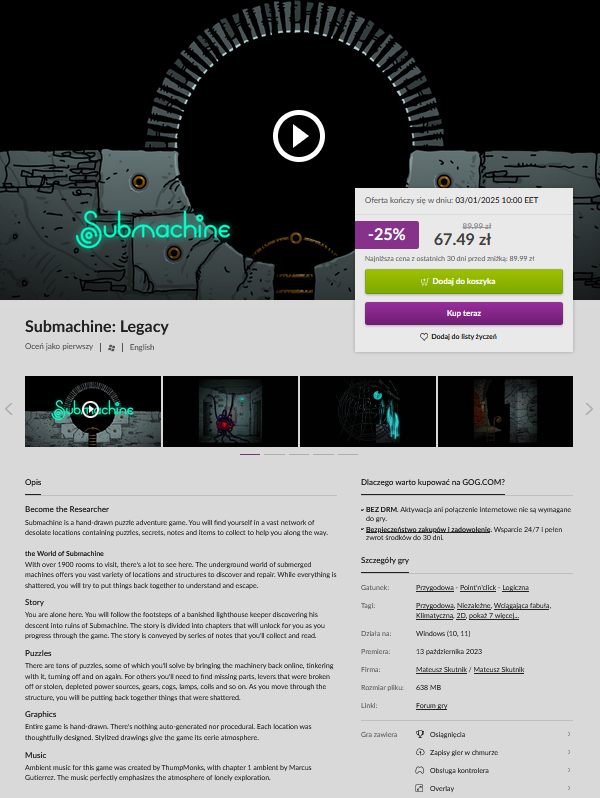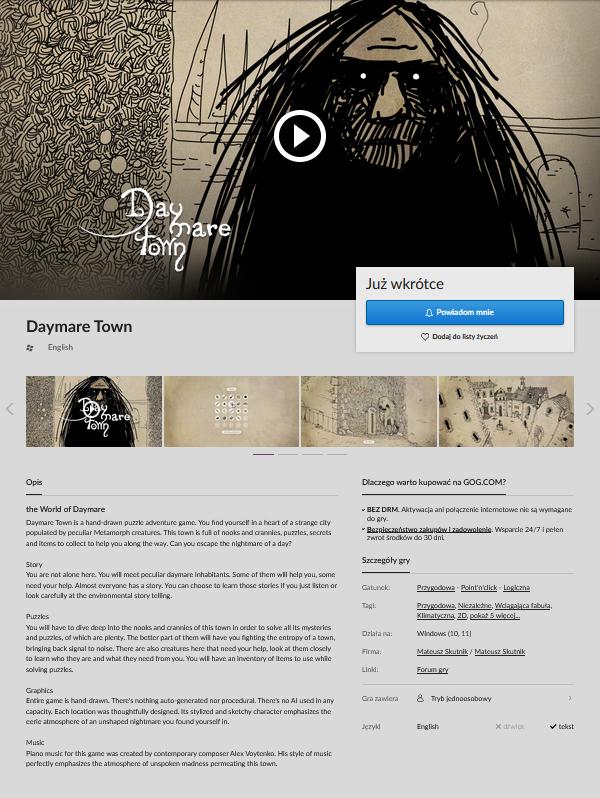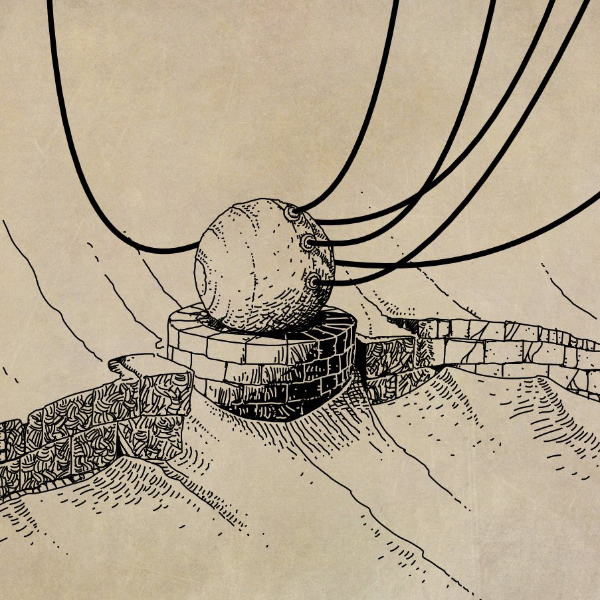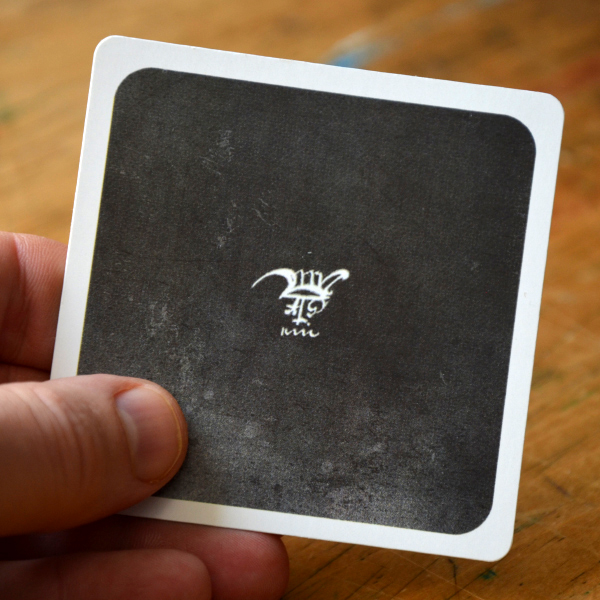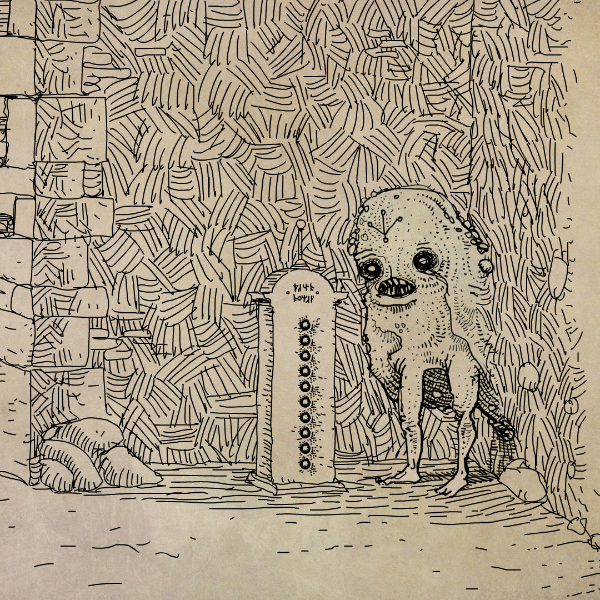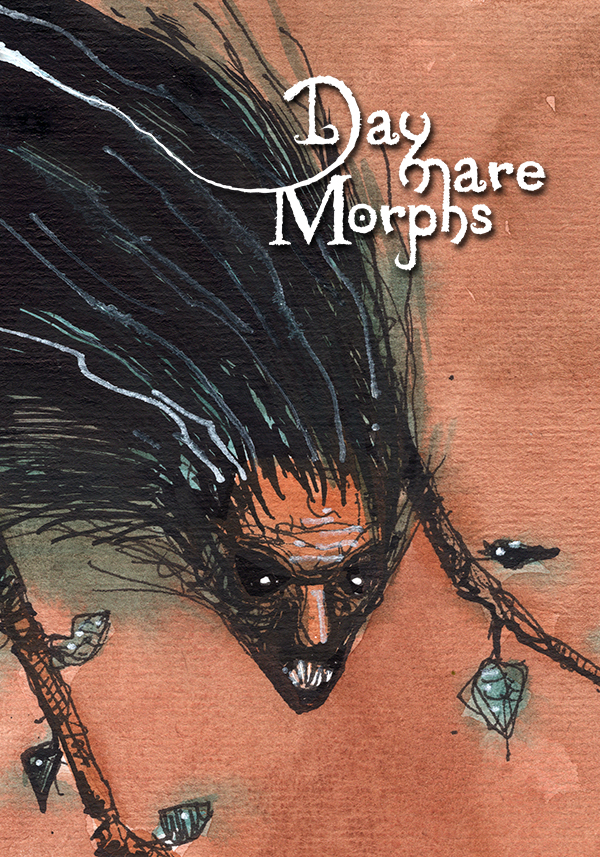Daymare remastered timestamp
June 27, 2025
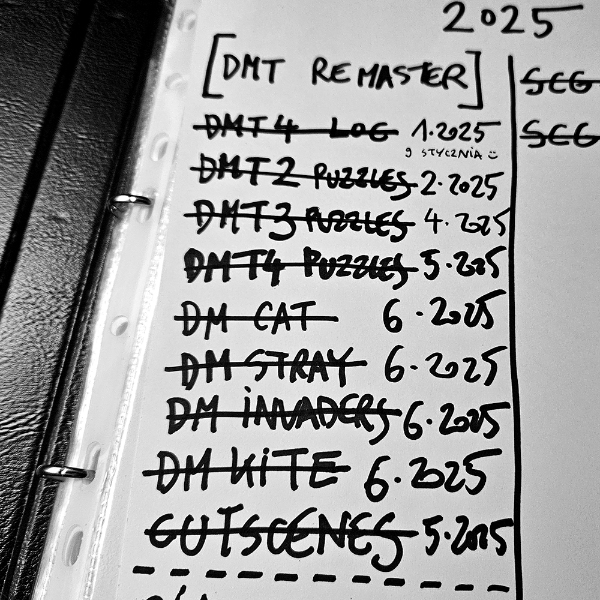
Everything that was ever created in the Daymare Town series is as of today remastered.
Every puzzle, location, minigame and animation.
Is this the end? No, not really.
Now the fun part begins.
New stuff, puzzles, locations, creatures, collectibles, achievements, lore and so on.
I will spend July and August expanding the game.
Unfortunately – I won’t be able to show you any of this…
Hang on! :D










